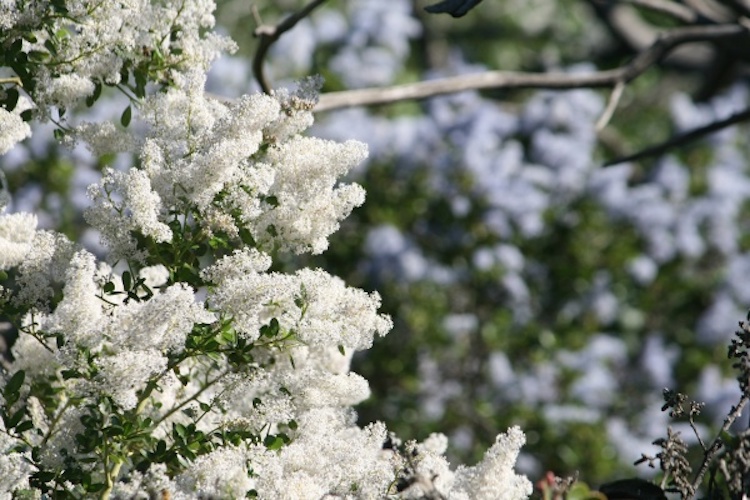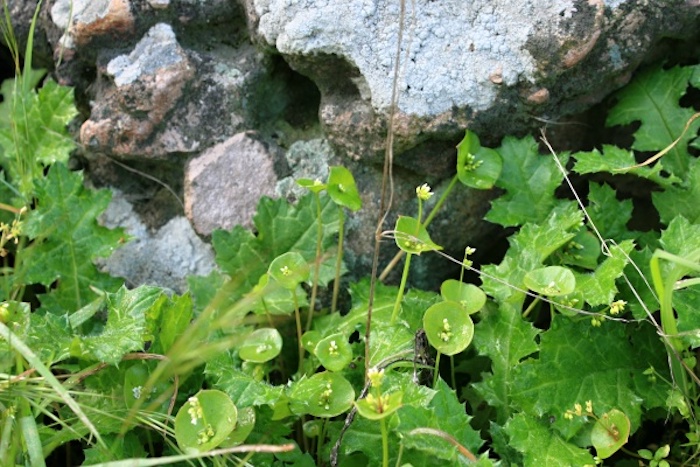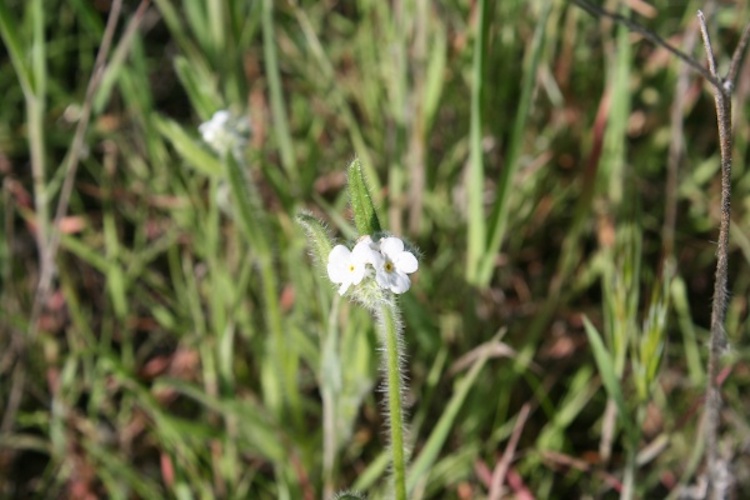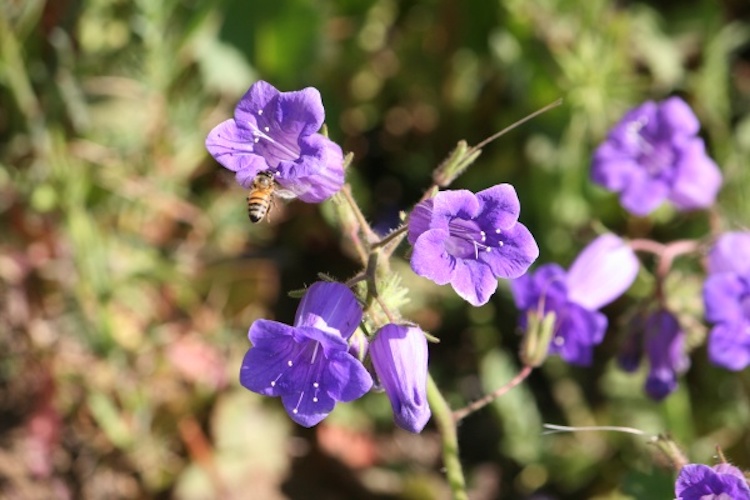Really, you don’t have to spend hours in your car, fighting traffic and the crowds to admire Nature at her most colorfulness. The winter rains have brought out the best in blooms that are now taking over and unfurling in residential yards, freeway open spaces, formal gardens and even in public parks.
At Griffith Park, many California native plants are putting on gentler – but just as colorful – show of blooms.
The Friends of Griffith Park have provided a rundown of some of the flora you can see in the park; remember to stay on trails and avoid picking the flowers, leaves or seeds. Local wildlife and insects rely on these plants as a food source.
Happy trailing!
Greenbark Ceanothus is a tall shrub with a major blue tint; some ceanothus have variable genetics making them more pure white or with a light blue tint. Ceanothus is often referred to as California lilac and you’ll see why when you admire its clusters of tiny flowers.

Blue Dicks is a long-stemmed lavender-tinged beauty that’s also called a wild hyacinth. Its underground corms were an important part of many Native American’s diets. Today, mule deer and gophers enjoy them.
Miner’s Lettuce was named because the miners during the Gold Rush ate it to combat a vitamin C deficiency. Its lovely circular leaves present a small delicate stalk with white flowers. Find them in shady, cool and damp areas.

Common Fiddleneck is a graceful plant that unfurls to reveal a swirling coil of orange-yellow flowers.
Popcorn Flower is a small plant with tiny yellow and white flowers; note the plant’s structure is similar to fiddlenecks. Yes, they are related!

Desert Canterbury Bells has stunning deep purple flowers on tall stalks that often clump together for an eye-catching treat. It’s adored by bumblebees.

Thanks to Friends of Griffith Park!









